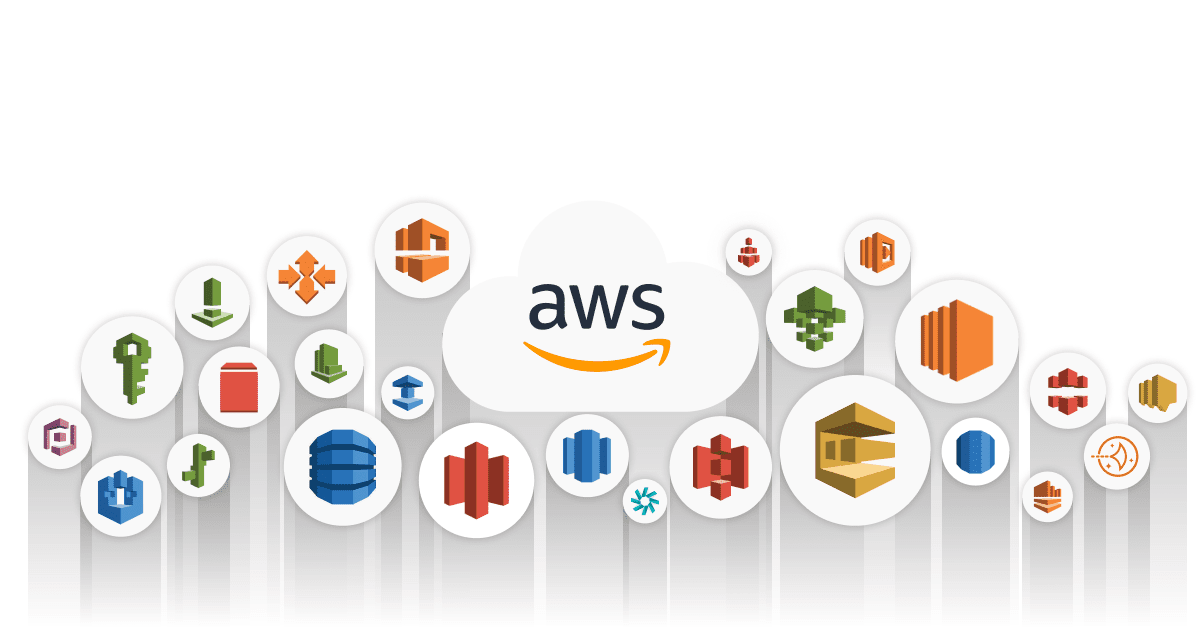Day 6: AWS Scaling to Success
 Koti Vellanki
Koti Vellanki
Welcome to Day 6 of our exciting "30 Days of AWS" journey! If you've been following along from the beginning, kudos to you for getting into the world of Amazon Web Services. Your dedication and curiosity are truly commendable.
For those who might have just joined us or are specifically interested in today's topic, a warm welcome to you as well! While each article in this series delves into a different facet of AWS, rest assured that they are all interconnected, building upon the knowledge we've been cultivating day by day. If you're here for the first time, I encourage you to take a moment to catch up on our previous discussions. This will not only enhance your understanding but also ensure a seamless flow as we dive deeper into the fascinating journey of AWS with me.
In today's installment, we're going to explore "Auto Scaling and Load Balancers" using the concept "Scaling to Success: The ABCs of Auto Scaling and Load Balancing in AWS".
As always, feel free to engage, ask questions, and share your thoughts in the comments. Your participation is what makes this series vibrant and valuable. I'm thrilled to have you join us on this journey. Let's get started!

In the fast-paced world of cloud computing, ensuring your web applications run smoothly under heavy traffic is like managing traffic during Mumbai's bustling rush hour. This is where AWS Auto Scaling and Load Balancing come to your rescue, just like the traffic lights and flyovers in Mumbai. In this article, we'll break down these concepts in simple terms, emphasizing their importance and showing you how to set them up in AWS.
Why is Auto Scaling Important?
Imagine, you run a popular online store that sells exquisite Indian sarees. During festivals like Diwali or weddings, the demand for your sarees skyrockets, just like the traffic during Mumbai's Ganesh Chaturthi festival. On regular days, you might need only one server to handle customer requests, but during Diwali, you need ten times that capacity to ensure your website remains fast and responsive.

Let's understand Auto Scaling's three top capabilities.
Cost Savings: Think about the cost of running too many stalls when the crowd is small. Auto Scaling eliminates this waste by dynamically adjusting resources. You save money when fewer resources are needed.
High Availability: Just like at a busy Diwali festival, you don't want your customers waiting too long. Auto Scaling ensures your services are available when needed, preventing downtime.
Improved Performance: Load Balancing distributes the load evenly among your resources, optimizing performance. Imagine if all the customers flocked to one stall at your Diwali food stall—it would be chaos. Load balancing prevents such congestion.
Setting up Auto Scaling Groups and Load Balancers
Let's break this down into simple steps:
1. Create an Auto Scaling Group:
Imagine you are planning to expand your Diwali food stall. First, you'd create a group of stalls, each identical in setup.
In AWS, you create an Auto Scaling Group (ASG) with instances (virtual servers) that can automatically scale up or down.
Set up rules (like the number of customers at your stall) to determine when to add or remove instances.
2. Load Balancers:
Now, you don't want one stall to get all the attention. Just like at your food stall, you introduce a team to distribute customers evenly.
In AWS, you set up a Load Balancer that spreads incoming traffic across multiple instances in your ASG.
It ensures that no single instance is overwhelmed, providing a smooth experience for your customers (or users in the case of your cloud services).
3. Testing and Monitoring:
Like tasting your food to ensure it's perfect, continuously monitor your setup.
AWS provides you with tools and metrics to keep an eye on your Auto Scaling and Load Balancing configurations.
Adjust your rules and settings based on real-time data to optimize performance.
4. Flexibility and Customization:
Just as your food stall's menu changes with the seasons, your AWS setup can be customized to adapt to different workloads.
Modify your Auto Scaling and Load Balancing configurations to suit your specific needs.
Happy Ganesh Chathurthi and Diwali my folks!!!
If you want to understand more about Auto Scaling groups check this https://www.youtube.com/watch?v=4EOaAkY4pNE&pp=ygUaYXV0byBzY2FsaW5nIGdyb3VwcyBpbiBhd3M%3D
and If you want to learn more about Load Balancers refer to this wonderful video tutorial by Abhishek Veeramalla https://www.youtube.com/watch?v=bCS9m5RVPyo&list=PLdpzxOOAlwvLNOxX0RfndiYSt1Le9azze&index=28&pp=iAQB
Hope you find this blog helpful. Please share your thoughts in the comments it will help me to refine and provide more insightful content. Happy Learning!
Subscribe to my newsletter
Read articles from Koti Vellanki directly inside your inbox. Subscribe to the newsletter, and don't miss out.
Written by

Koti Vellanki
Koti Vellanki
DevOps Engineer | Speaker | Volunteer | Mentor | Friend